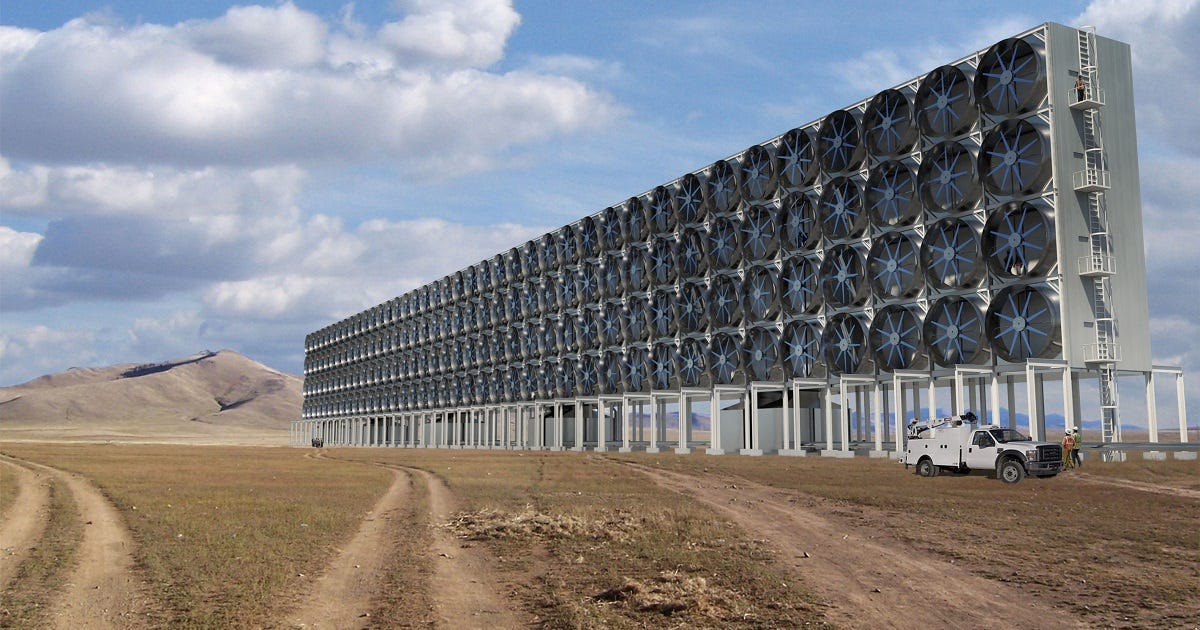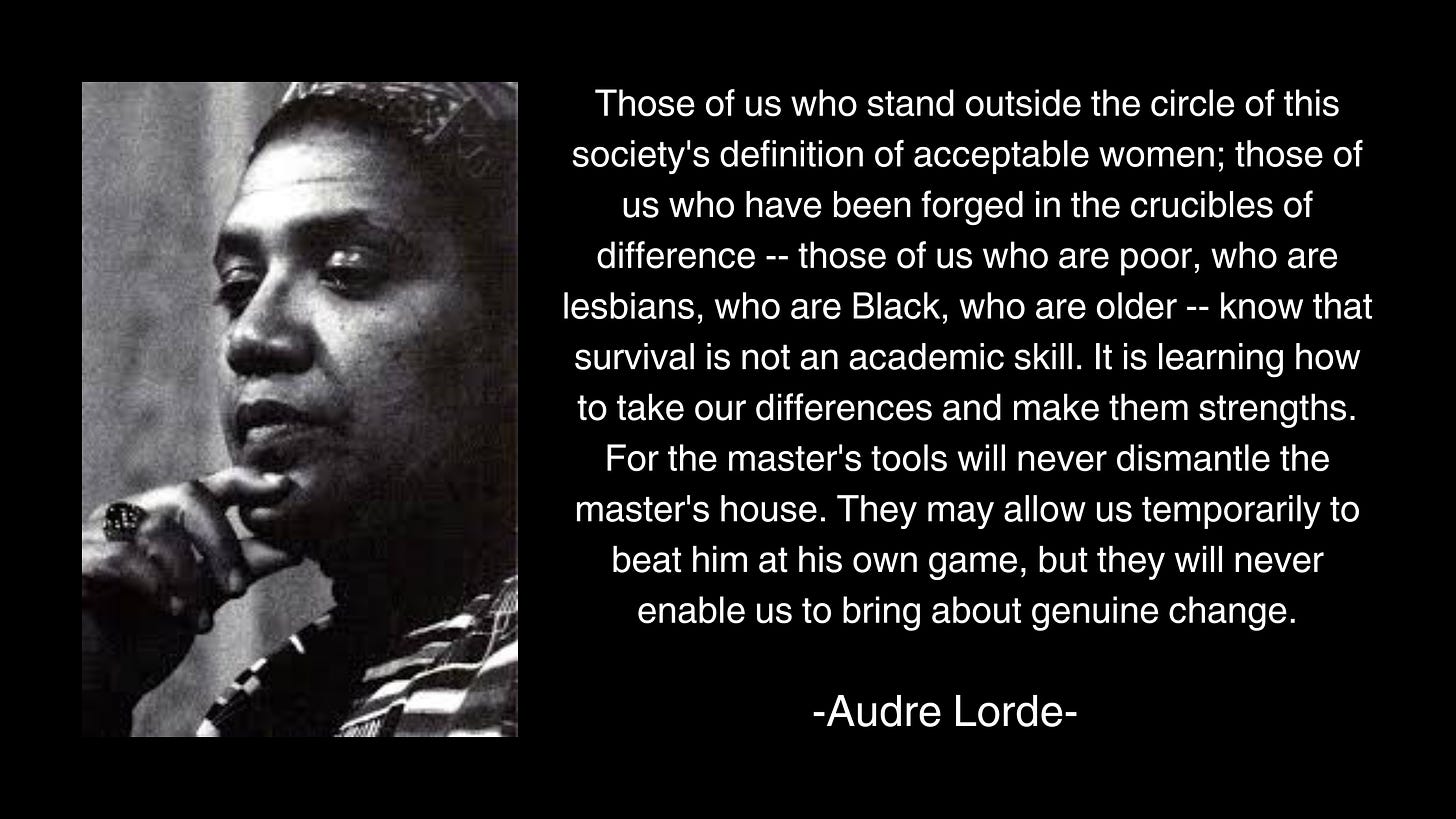- Published on
The Ethics of Geoengineering
Welcome to the Ubik Blog!
If you haven’t already subscribed, subscribe here!
5 Years & 76 Days
 Metronome and its Climate Clock, soon after it was activated. Jeenah Moon for The New York Times, 2020.
Metronome and its Climate Clock, soon after it was activated. Jeenah Moon for The New York Times, 2020.
It's 4:45 p.m., raining, and I'm waiting for my girlfriend at Kazu Nori in Union Square (our favorite sushi restaurant). The rain is perfect on this unusually warm March day. A light mist complements the nearly 70-degree evening. Above me, a giant digital clock—a ‘doomsday-esque’ countdown clock with red numbers. It ominously towers over us—the public. The Climate Clock is a constant reminder of our imminent climate future. According to this time, we have around five years and 76 days left to limit the temperature rise by 1.5 degrees Celsius.
NYC, technically the northernmost American city in a "humid subtropical zone" (Lisa, 2020), has experienced noticeable climate shifts. I remember the devastation of Hurricane Sandy in 2012 when NYC was still classified as "humid continental," with hot summers and cold winters. At that time, the thought of tropical storms and seasonal hurricanes as the new normal seemed unlikely; we were just happy to have the week off.
As the climate changes, we must ask: When does hot become too hot? Do we care about our collective future? Milder winters, more intense summers, and falls packed with heat-related and flood-related deaths. This urgent situation has spurred engineers worldwide to explore " geoengineering ," a field aimed at mitigating the impacts of climate change, protecting vulnerable populations, and stabilizing our environment.
What is Geoengineering?
 Carbon capture facility by Carbon Engineering with their Direct Air Capture (DAC) technology.
Carbon capture facility by Carbon Engineering with their Direct Air Capture (DAC) technology.
Geoengineering refers to large-scale interventions in the Earth's climate system intended to combat or mitigate the effects of climate change. It includes two primary approaches: Carbon Dioxide Removal (CDR) and Solar Radiation Management (SRM ). CDR involves direct air capture, ocean fertilization, and enhanced weathering—methods designed to remove CO2 from the atmosphere and reduce greenhouse gases. SRM , on the other hand, aims to cool the Earth by reflecting sunlight into space through methods such as stratospheric aerosol injection and marine cloud brightening.
CDR and SRM
CDR methods are less controversial than SRM because they aim to tackle climate change by addressing its root cause: excess greenhouse gases. Techniques such as bioenergy with carbon capture and storage (BECCS) and afforestation strive not only to remove carbon but also to provide sustainable energy solutions or restore natural ecosystems (U.S. Department of Energy, Office of Fossil Energy and Carbon Management, n.d.). Conversely, SRM techniques are more contentious due to their potential to cause significant and unpredictable changes in global weather patterns, possibly affecting rainfall and agricultural productivity.
Here are some proposed methods of SRM.
Marine cloud brightening - Misting aerosol particles, made of benign sea salts, from a snow blower hundreds of feet into the air brightens the clouds and reflects the sun into space (Flavelle & Bates, 2024).
Cirrus cloud thinning -Harvard's Solar Geoengineering Research Program says that by reducing high-altitude, thin cirrus clouds, we can emit more long-wave radiation from Earth to space.
Stratospheric aerosol scattering - Harvard's Solar Geoengineering Research Program also suggests that a possible route for SRM is to spray or introduce microscopic reflective particles of sulfate or calcium carbonate into the upper atmosphere.
Moving Forward with Caution
A " technofix " is a solution that doesn't solve the root problem but rather the surface issues that depend on the root. Technofixes are distractions, overpriced, hyper-technical science experiments that sound good but amount to very little. Geoengineering projects often fall into the technofix category (Reasons to Oppose Geoengineering).
The ethical concerns surrounding geoengineering are real. Initiatives like SRM could have unintended consequences, such as shifts in regional climates that could harm biodiversity or disrupt agriculture. Moreover, reliance on such technologies might weaken global response to reduce fossil fuel use and transition to renewable energy sources, treating symptoms rather than causes. There's also the political and ethical dilemma of who decides how and when these " technofixes " are deployed (Reasons to Oppose Geoengineering).
Taking Charge
In 1984, Audre Lorde said:
The master’s tools will never dismantle the master’s house.
We need to recognize that -
The Climate Crisis will not be solved by those who caused it.
We must analyze new technologies for their scientific viability and broader social, ethical, and ecological implications. Who benefits from these solutions, and who proposes these projects? Geoengineering can negatively impact low-income areas and change our weather systems; policymakers and governments are responsible for developing and implementing ethical geoengineering projects.
The path forward should be cautious, emphasizing adaptive management and global cooperation. We must prioritize sustainable and equitable solutions that address the underlying causes of climate change rather than leaning on uncertain technological fixes proposed by those who caused it .
WORK CITED
Flavelle, C., & Bates, I. C. (2024, April 2). Warming is getting worse. So they just tested a way to deflect the sun. The New York Times. https://www.nytimes.com/2024/04/02/climate/global-warming-clouds-solar-geoengineering.html
Harvard's Solar Geoengineering Research Program. (n.d.). Geoengineering. Retrieved April 4, 2024, from https://geoengineering.environment.harvard.edu/geoengineering
Lisa. (2020, July 24). Sultry nights and magnolia trees: New York City is now subtropical. The New York Times. https://www.nytimes.com/2020/07/24/nyregion/climate-change-nyc.html
Lorde, A. (1984). The Master’s Tools Will Never Dismantle The ... Retrieved from collectiveliberation.org/wp-content/uploads/2013/01/Lorde_The_Masters_Tools.pdf.
"Reasons to Oppose Geoengineering." Geoengineering Monitor. Accessed April 30, 2024. www.geoengineeringmonitor.org/reasons-to-oppose.
U.S. Department of Energy, Office of Fossil Energy and Carbon Management. (n.d.). Carbon dioxide removal. Energy.gov. Retrieved April 10, 2024, from https://www.energy.gov/fecm/carbon-dioxide-removal
World's Biggest Geoengineering Experiment 'Violates' U.N. Rules. (2012, October 15). The Guardian. https://www.theguardian.com/environment/2012/oct/15/pacific-iron-fertilisation-geoengineering
Some cool stuff you should check out!
A remarkable new AI tool that’s making game development accessible.
Eric Adams plans to cut NYC’s emergency food fund in half as child hunger rises.
What is Ubik?
Ubik is a tech company. We build human-focused AI assistants into tools that are as easy for everyday people as they are powerful for professionals.
What sets Ubik's tools apart is keeping humans in the driver's seat. Our products AUGMENT human capabilities. They don't REPLACE them . AI's true potential lies in collaborating with humans and complementing our strengths to drive innovation.
Explore our tools and learn more about Ubik here:
Subscribe

